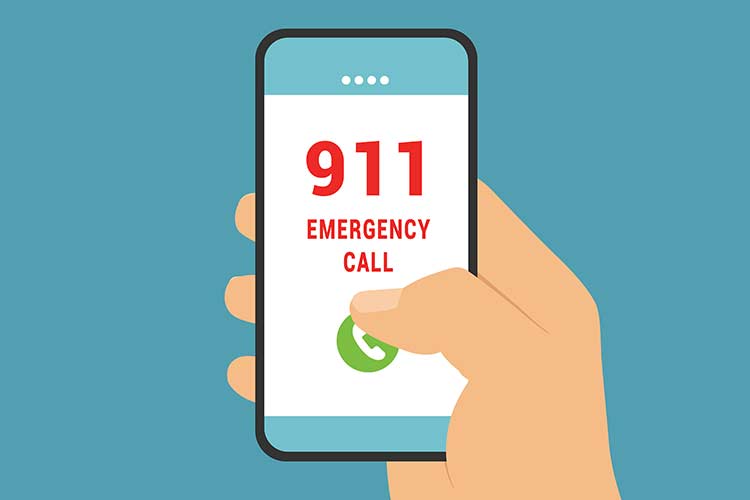
The Real Dangers of Heat Stroke
Summer is here, and that means it’s hot, it’s humid, and it’s the time of year when you’re at a higher risk for a heat-related illness. The most severe of these heat illnesses is heat stroke, which happens when the body’s temperature-regulating system is overwhelmed. This can cause the body’s internal temperature to rise to 103 degrees Fahrenheit or higher. Humidity increases this risk by making it harder for sweat to evaporate and cool the body.
Heat stroke can also occur indoors or in vehicles, even with open windows. In fact, the leading cause of heat-related deaths in children is being left in parked cars during hot weather.
Top Factors Contributing to Heat Stroke:
- Wearing excessive or heavy clothing in hot conditions, preventing sweat from evaporating and cooling the body.
- Drinking alcohol in the heat, which can disrupt the body’s temperature regulation.
- Not hydrating adequately while sweating, which leads to dehydration.

How Serious Is Heat Stroke?
Heat stroke ALWAYS requires emergency treatment. Without immediate cooling, it can cause the brain, heart, kidneys, and muscles to swell and become damaged. If left untreated, heat stroke can lead to severe complications or death.
Signs of Heat Stroke
When someone is experiencing heat stroke, they may exhibit one or more of these symptoms:
- Body temperature of 103 degrees Fahrenheit or higher
- Throbbing headache
- Altered mental state (confusion, slurred speech, delirium)
- Hot, dry skin or hot, damp skin that may also be red
- Dizziness
- Rapid, shallow breathing
- Nausea or vomiting
- Fast, strong pulse
- Loss of consciousness
What To Do in Case of Heat Stroke

If someone shows signs of heat stroke, call 911 immediately. While waiting for help, remove excess clothing, move the person to a shaded or cooler area, and try to cool them down by getting them into a cool shower, spraying them with cool water, fanning them, or placing ice packs or cool towels on their head, neck, armpits, and groin.


